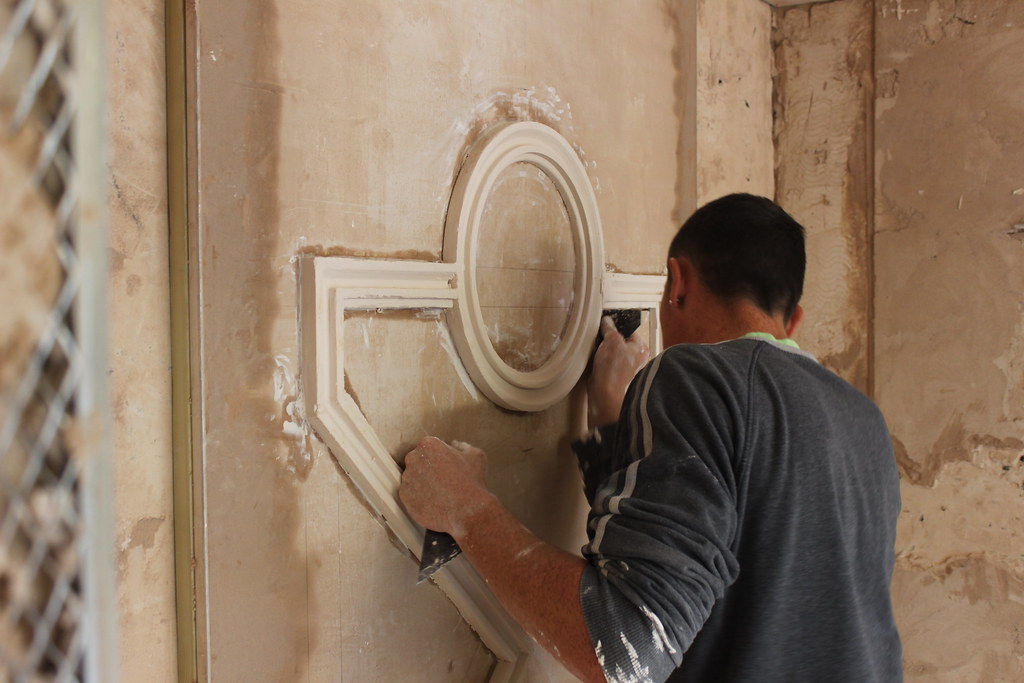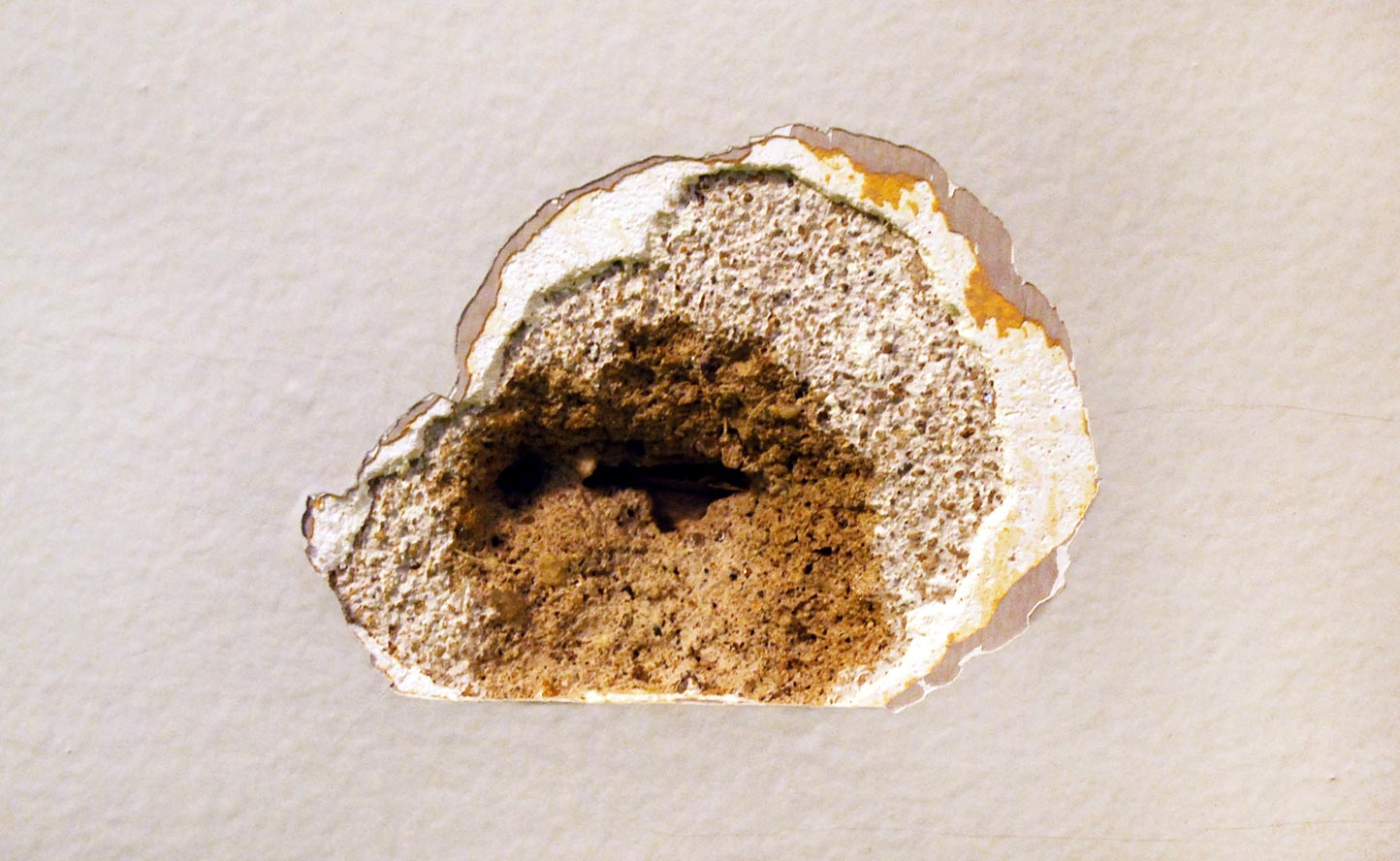
Generally made from gypsum plaster mixed with binders, different brands are sold ready-mixed in tubs. Ready-Mixed SpackleĪlso called Spackling, Spackle is ideal for screw and nail holes in drywall and plastered brick and block walls. This type is great for finishing repairs made with ordinary cellulose fillers. This type is super-smooth and very easy to spread but must be in a very thin layer to ensure it dries thoroughly.

The caveat is that, unlike wood filler that is available to match unpainted wood finishes (see below), cellulose fillers are typically white.įine-surface cellulose fillers come ready mixed.

They are suitable for all surfaces including masonry, plaster, plasterboard (skimmed or unskimmed), and wood. Generally, the ready-mixed type is more convenient, but powder types can be mixed to the consistency you want.Ĭellulose fillers don’t shrink and, once dry, they are easy to sand smooth. Cellulose FillersĬellulose fillers are available ready-mixed and in powder form. Some hole-filling products are suitable for a variety of finishes, others aren’t. Wood surfaces are typically sealed or varnished. Drywalls are commonly skimmed with a very thin coat of gypsum plaster. Internal brick and block walls are commonly plastered with mortar made from a mixture of cement, washed fine-aggregate sand, and water. If you are filling a small number of little holes, products sold in smaller quantities will usually be the best bet, depending on comparative cost. Ultimately, it’s likely to boil down to cost and ease of use. There are many different product types to choose from, and several are likely to be suitable for your job. It stands to reason that the smaller the hole, the easier it will be to fix. The materials you use to fill screw holes in walls depend largely on the size of the hole. 5 Best Materials for Filling Screw Holes in Walls If you are filling holes in wood cladding or trim, then you will need different filler materials. A drywall structure is typically not as thick, but you can use exactly the same filler material for both. The difference is that the hole in a brick wall will penetrate deeper into the wall. Handyman's World is a participant in the Amazon Services LLC Associates Program, an affiliate advertising program designed to provide a means for sites to earn advertising fees by advertising and linking to .įixing screw holes in walls isn’t difficult, but it’s a good idea to ascertain whether you are dealing with a brick wall or drywall.


 0 kommentar(er)
0 kommentar(er)
